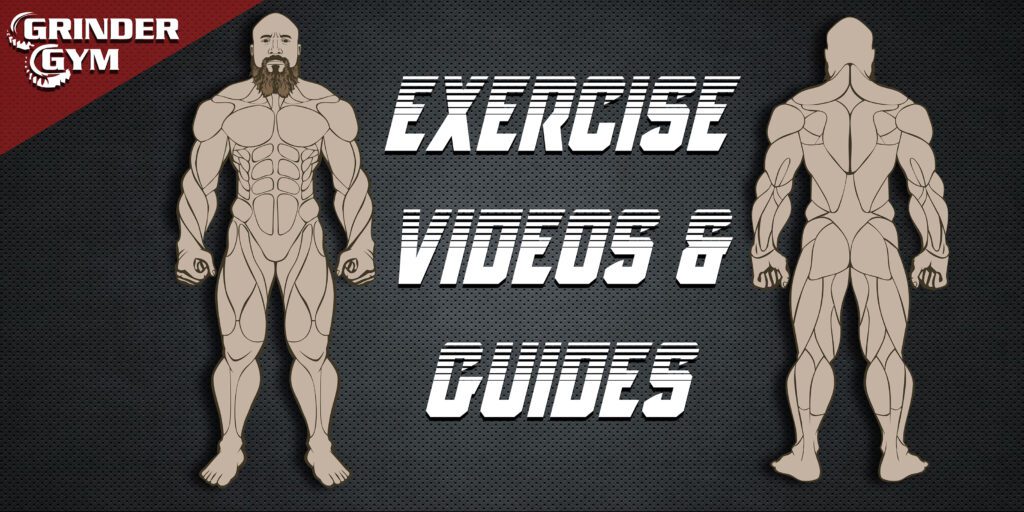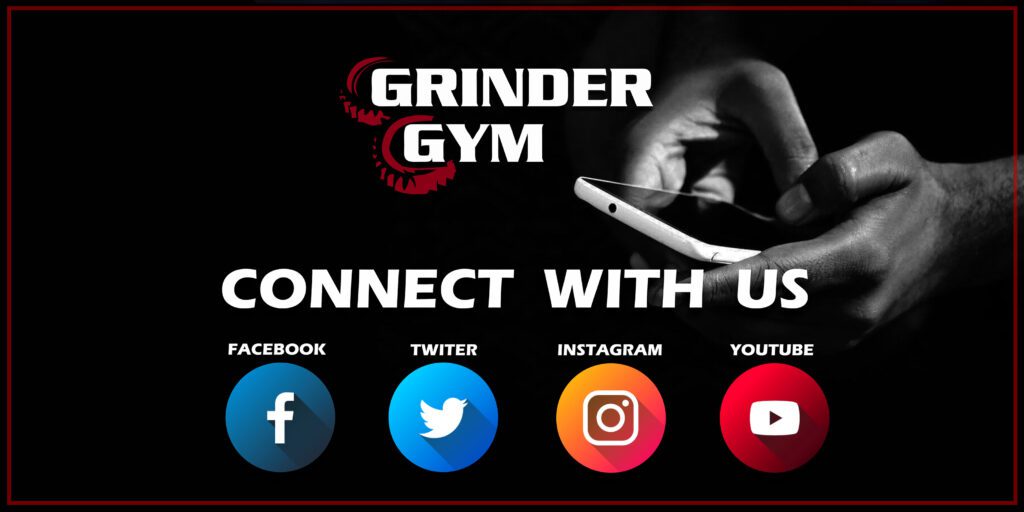
Progressive overload is the bedrock of effective exercise and strength training. While increasing the weight lifted is a tried-and-true method, there’s a whole world of variety in overload techniques that can take your workouts to the next level. In this article, we’ll explore a comprehensive set of strategies to diversify your training regimen and keep your muscles guessing.
Increase the Load
Lifting heavier weights is the classic way to achieve progressive overload. It forces your muscles to adapt and grow stronger over time. However, this is just the beginning.
Increase the Power (Load x Velocity)
Power, which combines the weight lifted and the speed at which you lift it, can be a game-changer. Incorporate explosive movements like plyometrics or powerlifting techniques to challenge your muscles differently.
Increase Repetitions Per Set
Pushing beyond your usual rep range adds variety. Higher reps can enhance endurance and muscle definition, while lower reps with heavier weights emphasize raw strength.
Increase Sets per Workout
Intensify your training session by adding more sets. This leads to greater muscle fatigue and potential for more significant gains.
Increase Number of Workouts per Week
More workouts per week provide more chances for muscle stimulation. However, balance this with proper recovery to prevent overtraining.
Decrease Inter-set Rest Time
Shortening rest intervals keeps muscles under tension longer, increasing metabolic stress and potential for muscle growth.
Increase Range of Motion
Focus on a full range of motion during exercises. It targets muscle fibers differently and improves flexibility and functional strength.
Combine Resistance Attributes
Incorporating resistance bands, chains, or other training tools alongside free weights or machines creates a unique training stimulus and promotes muscle adaptation.
Reduce Momentum During Exercise
Minimize swinging or use controlled movements during exercises. This ensures that targeted muscles bear the load, improving exercise effectiveness and reducing injury risk.
Increase Intent
Add mental focus to your workouts, emphasizing the mind-muscle connection. Lifting with intention enhances muscle engagement and delivers better results.
Conclusion
Variety in overload is the key to ongoing progress and preventing plateaus in your fitness journey. While increasing weight is crucial, don’t limit yourself to just one approach. Combine these strategies to create diverse and challenging workouts. By adjusting resistance, speed, volume, rest, and mental focus, you’ll keep your muscles adapting, paving the way for continuous growth and achievement of your fitness goals.

